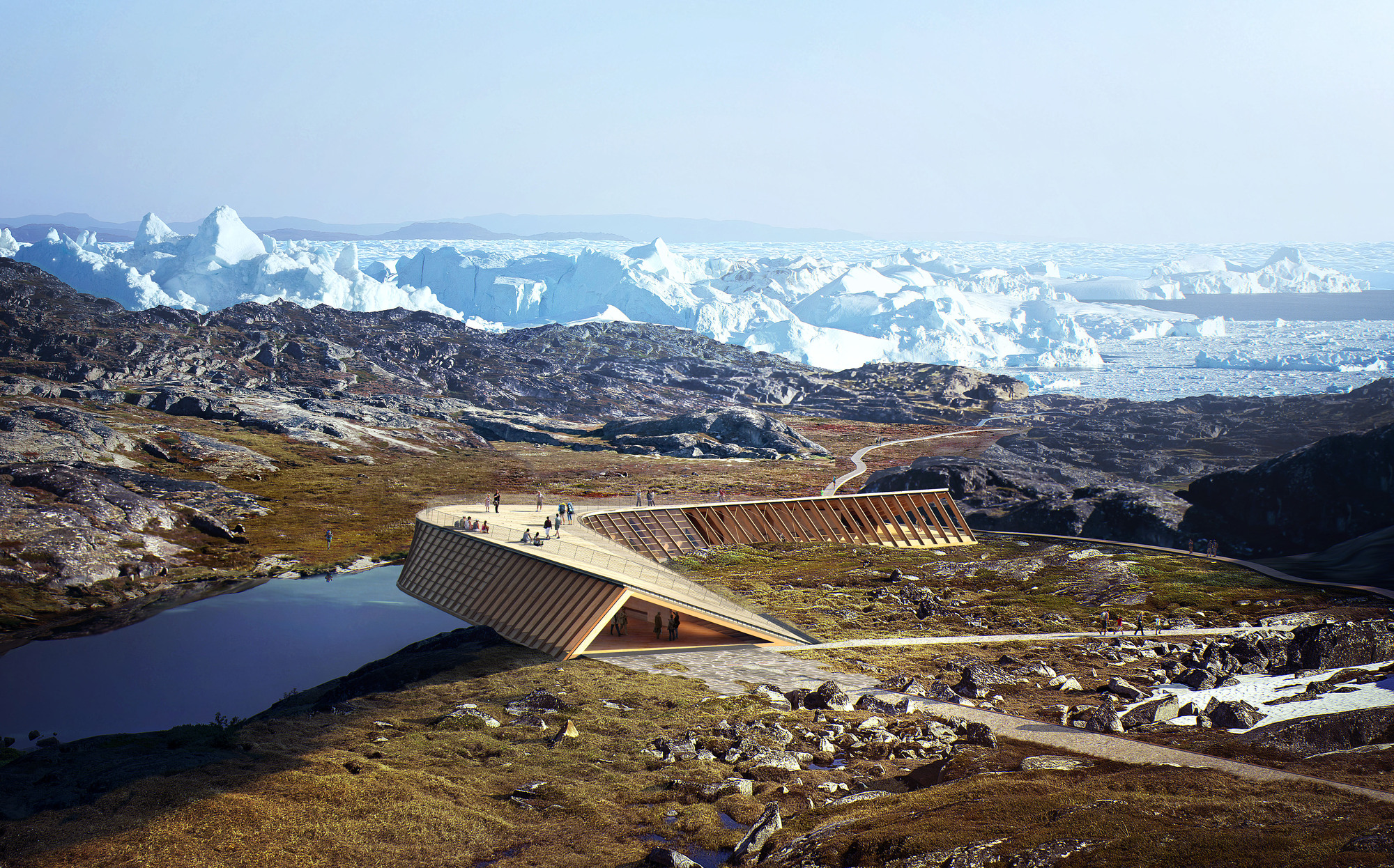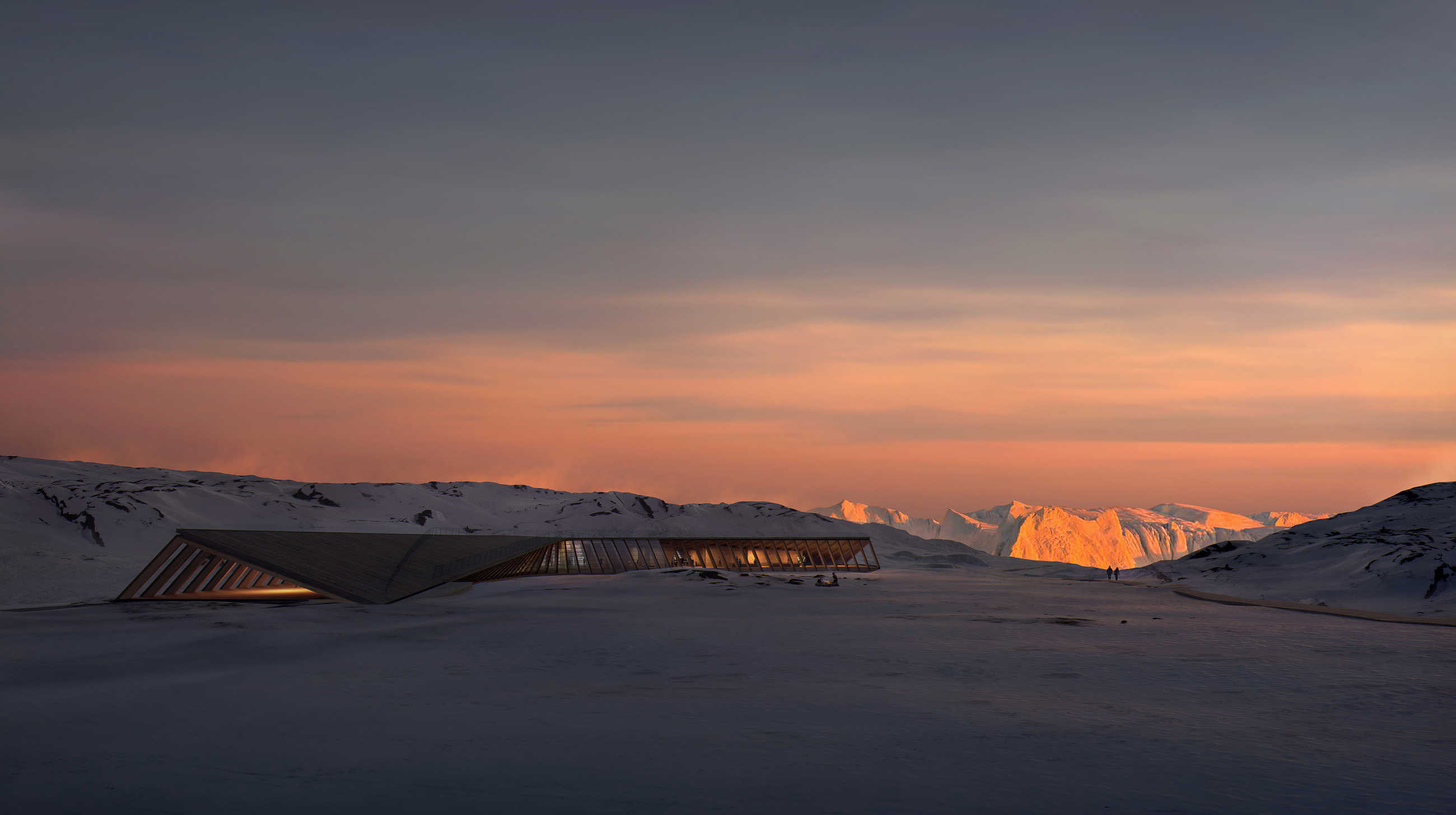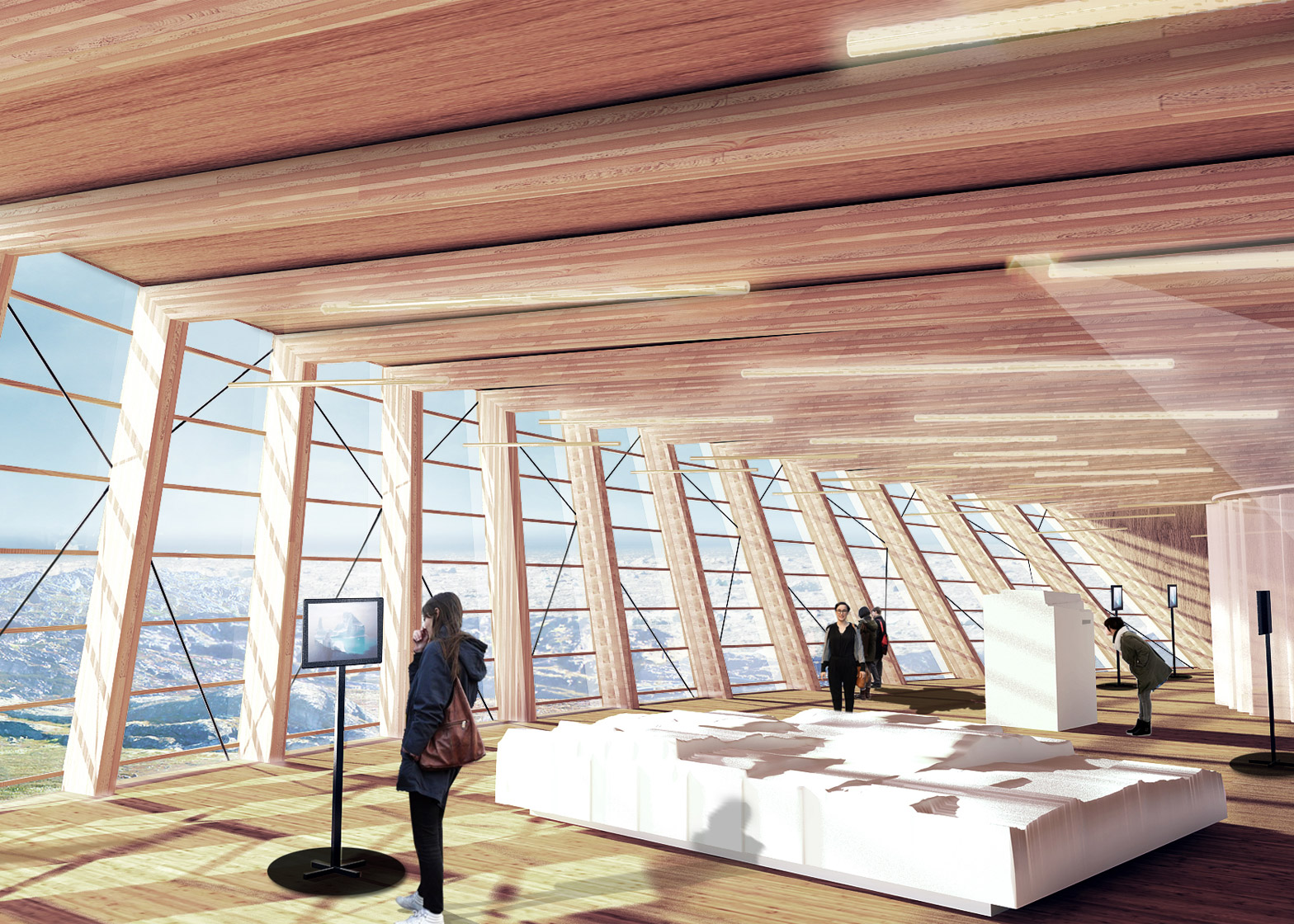Architecture showcase to offer virtual Greenland experience
Long known as a tourism destination, Greenland’s Ilulissat icefjord now has a reason to attract the attention of architects.

When the 2018 edition of the Venice Biennale opens on Saturday, its visitors will be able to take a virtual tour of Ilulissat, Greenland, allowing them to experience the environment that has shaped the design and logistics of one of that country’s most prestigious architecture projects.
Considered to be the world’s premier architecture event, the biennial gathering this year has invited architects who are involved in projects that offer examples of buildings being crafted to suit their surroundings.
Due to open in 2020, the Ilulissat visitor center, designed by Danish architect Dorthe Mandrup, is said to fit that billing with its low-profile, boomerang-shaped wooden building that juts out over the edge of Sermermiut Valley, leading down to the icefjord.
The shape and the location were chosen for their view they afford of what is considered to be the world’s most productive glacier. In addition to serving as a viewing platform, the building will be a starting point for a UN-designated hiking trail and a gathering point for visitors and residents.
Biennale curators Yvonne Farrell and Shelley McNamara explained that the project had been selected for successfully incorporating the extreme climactic challenges present at the site to come up with “a habitable place for social interaction within the ‘superpower of nature.’”
They described the building’s design as “robust enough to sit lightly on the earth and to exert a singularly poetic presence.”
[A Greenlandic restoration project earns a top EU cultural-heritage award]
However, rather than using the Biennale to focus on how the building will look, Mandrup will instead use light and sound to give visitors a sense of the environment at the site where the visitor center will be built, and the sort of experience it will provide once complete.
The Venice exhibit, Mandrup said in a statement, will focus on “the infinity and the scale of the landscape combined with the light and darkness of the Arctic climate. Our interpretation is concerned with the creation of an infinite space, which the surroundings of the future Icefjord Centre very much exemplifies.”


